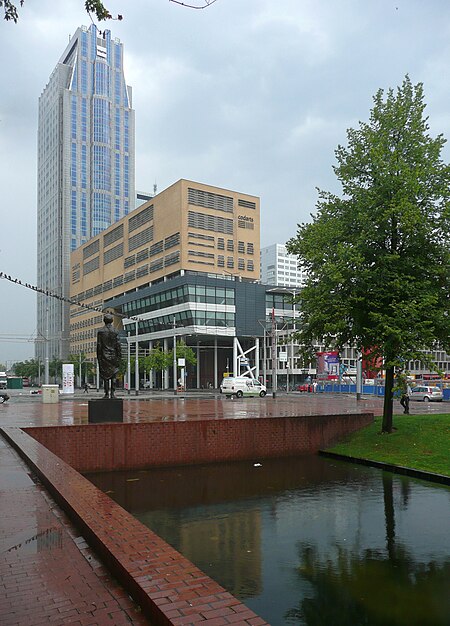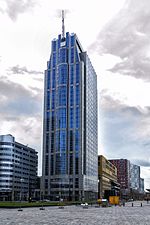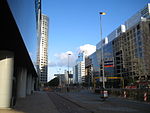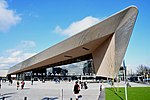Codarts
1930 establishments in the NetherlandsArts organizations established in 1930Codarts University for the ArtsDance schools in the NetherlandsEducation in Rotterdam ... and 3 more
Educational institutions established in 1930Performing arts educationVocational universities in the Netherlands

Codarts University for the Arts (Dutch: Codarts hogeschool voor de kunsten) is a Dutch vocational university in Rotterdam that teaches music, dance and circus. It was established in its present location in 2000.
Excerpt from the Wikipedia article Codarts (License: CC BY-SA 3.0, Authors, Images).Codarts
Kruisstraat, Rotterdam Centrum
Geographical coordinates (GPS) Address Nearby Places Show on map
Geographical coordinates (GPS)
| Latitude | Longitude |
|---|---|
| N 51.922125 ° | E 4.471733 ° |
Address
De Doelen
Kruisstraat 2
3012 CV Rotterdam, Centrum
South Holland, Netherlands
Open on Google Maps











